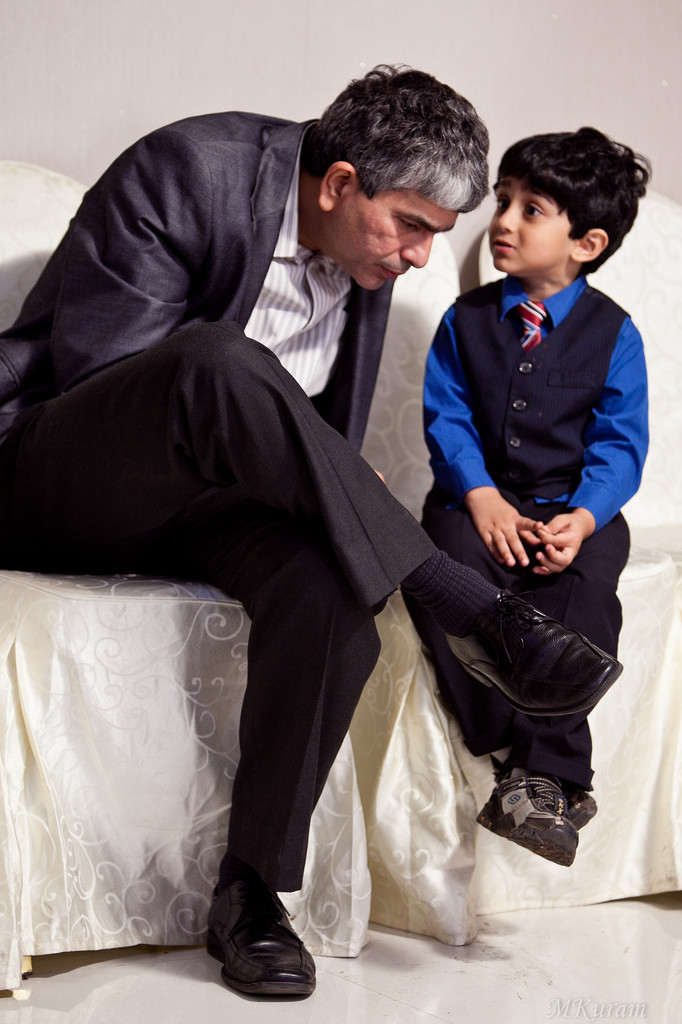 The most challenging aspect of training up leadership in an organization is in the work of emotional intelligence. A leader’s emotional intelligence is tied directly to their ability to create influence and to build a high functioning culture. In the previous blog we discussed how emotional intelligence is born from developing an inner observer; seven broad steps were suggested to accomplish this. Embedded in these suggestions however are two fundamental attitudes that one needs to exercise; the attitudes of curiosity and inquiry. These are not necessarily foreign to any of us, but the challenge is to practice them consciously and consistently enough.
The most challenging aspect of training up leadership in an organization is in the work of emotional intelligence. A leader’s emotional intelligence is tied directly to their ability to create influence and to build a high functioning culture. In the previous blog we discussed how emotional intelligence is born from developing an inner observer; seven broad steps were suggested to accomplish this. Embedded in these suggestions however are two fundamental attitudes that one needs to exercise; the attitudes of curiosity and inquiry. These are not necessarily foreign to any of us, but the challenge is to practice them consciously and consistently enough.
Most of us, especially when we are operating in a pressure cooker fast-paced environment tend to quickly leap to assumptions and conclusions that may have not been carefully examined. This pitfall can be circumvented if we adopt an attitude of curiosity about our own assumptions and conclusions and choose to do the same with those that others have. To do this requires taking a mental and emotional stance that keeps one’s own position flexible and open to be influenced by others’ input. Such a stance is achieved through a practice of inquiry – to be curious enough about my inner and outer circumstances that I am driven to inquire about myself and others’ ideas, assumptions and conclusions.
Over time an attitude of inquiry tends to build a larger capacity for curiosity, which in turn allows for a stronger inner observer and a deeper propensity for emotional intelligence. We become more “tuned-in” to our environment, our team, our employees and the culture of the organization. These skills become the hallmark of a Transactional Leader.
Typically I find that those that practice an attitude of inquiry with their teams and employees tend to be more effective in creating influence and buy-in. Transactional leaders tend to recognize the importance of developing their own emotional intelligence which naturally cultivates an inner observer. It is the inner observer that drives us to be curious of what others may be thinking or experiencing. An emotionally intelligent leader tends to be a curious one, and a curious leader tends to inquire, and frequently so, before making their decisions.
If a leader is looking to determine outcomes, obstacles, solutions or anything else within their realm of decision making, then having a healthy sense of curiosity about what others are thinking in addition to a set of skillful inquiry habits goes a long way to harness the collective intelligence of the whole team, generate collaboration, build buy-in and create influence. Such a transactional leader is able to build creative organizational cultures in which differences of opinion are valued, and where curiosity and inquiry about these differences are used to fuel a constructive dialogue that drives innovation and fresh solutions.

